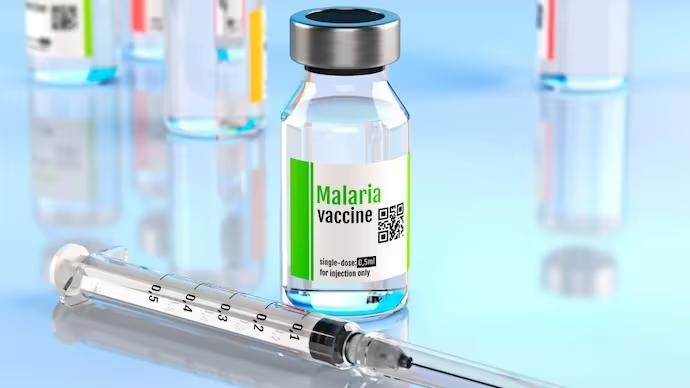R21/Matrix-M Vaccine

- 21 May 2024
Why is it in the News?
Vaccines manufacturer Serum Institute of India (SII) recently said it has started exports of the 'R21/Matrix-M' malaria vaccine to Africa as part of the global fight against the disease.
What is R21/Matrix-M Vaccine?
- The R21/Matrix-M vaccine is a newly approved preventive measure against malaria in children, marking the second malaria vaccine recommended by the World Health Organization (WHO) after the RTS, S/AS01 vaccine in 2021.
- Developed by the Jenner Institute at Oxford University and the Serum Institute of India, the vaccine received support from the European and Developing Countries Clinical Trials Partnership (EDCTP), the Wellcome Trust, and the European Investment Bank (EIB).
- This low-cost, high-efficacy vaccine is already licensed in several African countries.
How the R21/Matrix-M Vaccine Works?
- Vaccines work by presenting an antigen—a component of the virus or bacteria that the immune system can recognize and respond to—to immune cells.
- The R21/Matrix-M vaccine targets the plasmodium 'sporozoite', the initial form of the malaria parasite entering the human body.
- Infected mosquitoes inject only a few sporozoites (10-100) before the parasite multiplies, making them an ideal target for a vaccine.
- R21 is a subunit vaccine that delivers parts of a protein secreted by the sporozoite, combined with a component of the hepatitis B virus known to trigger a strong immune response.
- Additionally, the vaccine contains Matrix-M, an "adjuvant" that enhances the immune system’s response, making it more potent and long-lasting.
Key Facts about Malaria:
- Malaria is a life-threatening disease caused by parasites that are transmitted to people through the bites of infected female Anopheles mosquitoes.
- There are five parasite species that cause malaria in humans, with Plasmodium falciparum and Plasmodium vivax posing the greatest threat.
- Malaria is prevalent in tropical areas where it’s hot and humid.
- In 2020, there were an estimated 241 million malaria cases worldwide, resulting in approximately 627,000 deaths. Sub-Saharan Africa bears the heaviest burden, accounting for about 95% of malaria cases and 96% of deaths, primarily among children under five.
- Children under 5 years of age are the most vulnerable group affected by malaria.
- Symptoms include fever, chills, headache, nausea, and muscle pain, which can progress to severe illness and death if untreated.
- Cerebral malaria, the most severe form, can lead to coma and represents about 15% of deaths in children and nearly 20% of adult deaths.
- Malaria is preventable and curable; early treatment often results in full recovery.
- Treatment involves various antimalarial drugs, including chloroquine, hydroxychloroquine, primaquine, artemisinin-based therapy, and atovaquone-proguanil.
- The type of parasite determines the specific medication used.
- Continued efforts are essential to control and ultimately eradicate malaria, with vaccines like RTS, S/AS01 (Mosquirix) and R21/Matrix-M offering promising advances in prevention, especially for children in high-risk regions.
